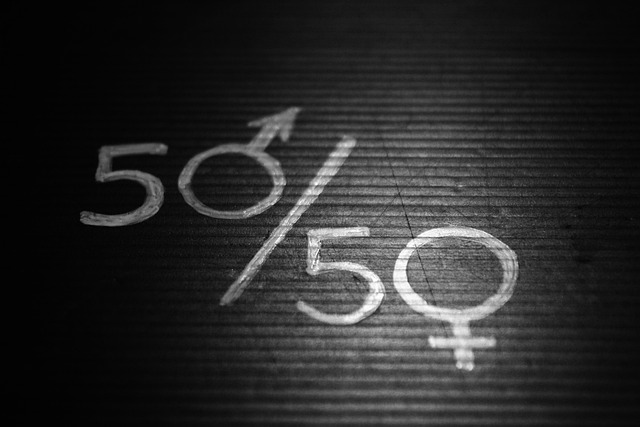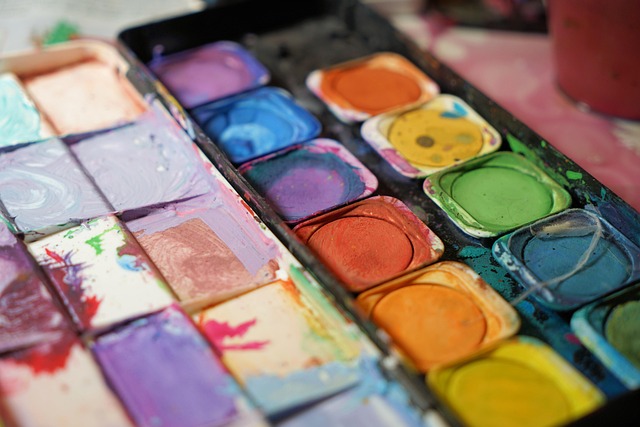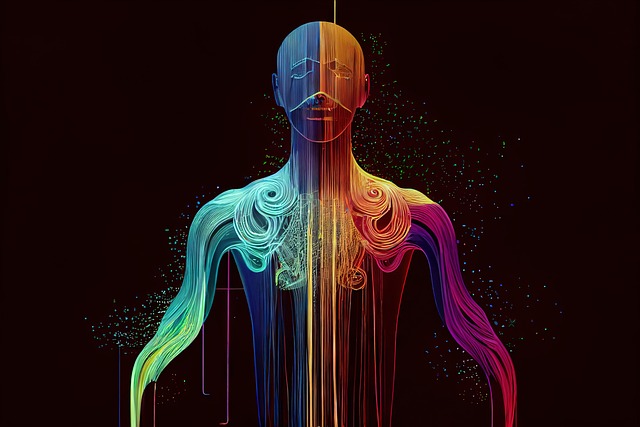Exploring the Timelessness of Analog Art: A Graphics Journey Through Art and Design
In an age dominated by pixelated screens and digital creativity, analog art remains a powerful testament to the beauty of traditional craftsmanship. With every stroke of a brush, etch of a pen, or the delicate touch of pencil on paper, analog art evokes feelings that are often lost in the slick precision of digital tools. This blog will take you on a journey through the world of analog art, highlighting its significance in both art and design.
The Allure of Traditional Techniques
Analog art breathes life into creativity in its most organic form. Think of the scent of fresh paint, the texture of canvas beneath your fingertips, and the way your heart races in anticipation with every artistic endeavor. Artists have long wielded brushes, charcoal, and other tools to express their deepest emotions, creating pieces that resonate on a personal level with audiences. Unlike digital mediums that can often feel sterile or impersonal, analog art allows for spontaneity and individuality in each creation. The imperfections, smudges, and nuances in a piece become part of its story, inviting viewers to connect with the artist’s journey.
The Intersection of Art and Design
In the realm of design, analog art plays an equally crucial role. Designers often seek inspiration from various artistic movements, many of which were rooted in traditional analog practices. The mastery of analog techniques aids designers in visual storytelling, creating textures and dimensions that a flat screen simply cannot replicate. From hand-drawn typography to intricate illustrations, the tactile element of analog art enhances the overall aesthetic quality of a design project. It challenges the boundaries of creativity, allowing designers to push limits while maintaining a sense of authenticity.
Reviving a Timeless Craft
As we navigate an era where digital art reigns supreme, there’s a growing movement to revive analog practices. Workshops and classes focused on traditional techniques are experiencing a resurgence, as artists and designers alike aspire to reconnect with their craft. This renaissance not only highlights the appreciation for history and technique but also encourages mindfulness in creativity. When creating with analog methods, there’s a sense of presence and connection to the materials that digital art seldom offers.
The Emotional Connection
Ultimately, analog art fosters an emotional connection that transcends mere visuals. Every artwork tells a story, echoing the artist’s thoughts and feelings, much like a handwritten letter holds the unique tone of a sender. Viewers are often naturally drawn to analog pieces, finding themselves inspired by the rawness and authenticity that these artworks embody. This human aspect of art is something that resonates deeply, sparking conversations and fostering connections among those who experience it.
While technology continues to evolve and reshape the landscape of creativity, the essence of analog art serves as a reminder of the beauty in warmth, spontaneity, and tangible expression. As we explore the blend of art and design, it’s essential to honor and embrace the timelessness of analog practices, ensuring that future generations can continue to experience the magic of creating and connecting through art.




